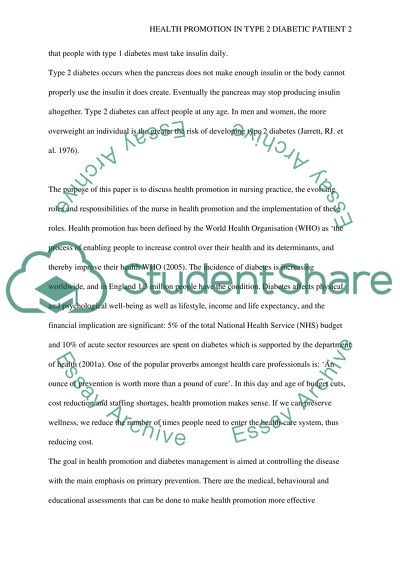Cite this document
(“Health Promotion - Blood glucose monitoring Essay”, n.d.)
Retrieved from https://studentshare.org/nursing/1601465-health-promotion-blood-glucose-monitoring
Retrieved from https://studentshare.org/nursing/1601465-health-promotion-blood-glucose-monitoring
(Health Promotion - Blood Glucose Monitoring Essay)
https://studentshare.org/nursing/1601465-health-promotion-blood-glucose-monitoring.
https://studentshare.org/nursing/1601465-health-promotion-blood-glucose-monitoring.
“Health Promotion - Blood Glucose Monitoring Essay”, n.d. https://studentshare.org/nursing/1601465-health-promotion-blood-glucose-monitoring.


